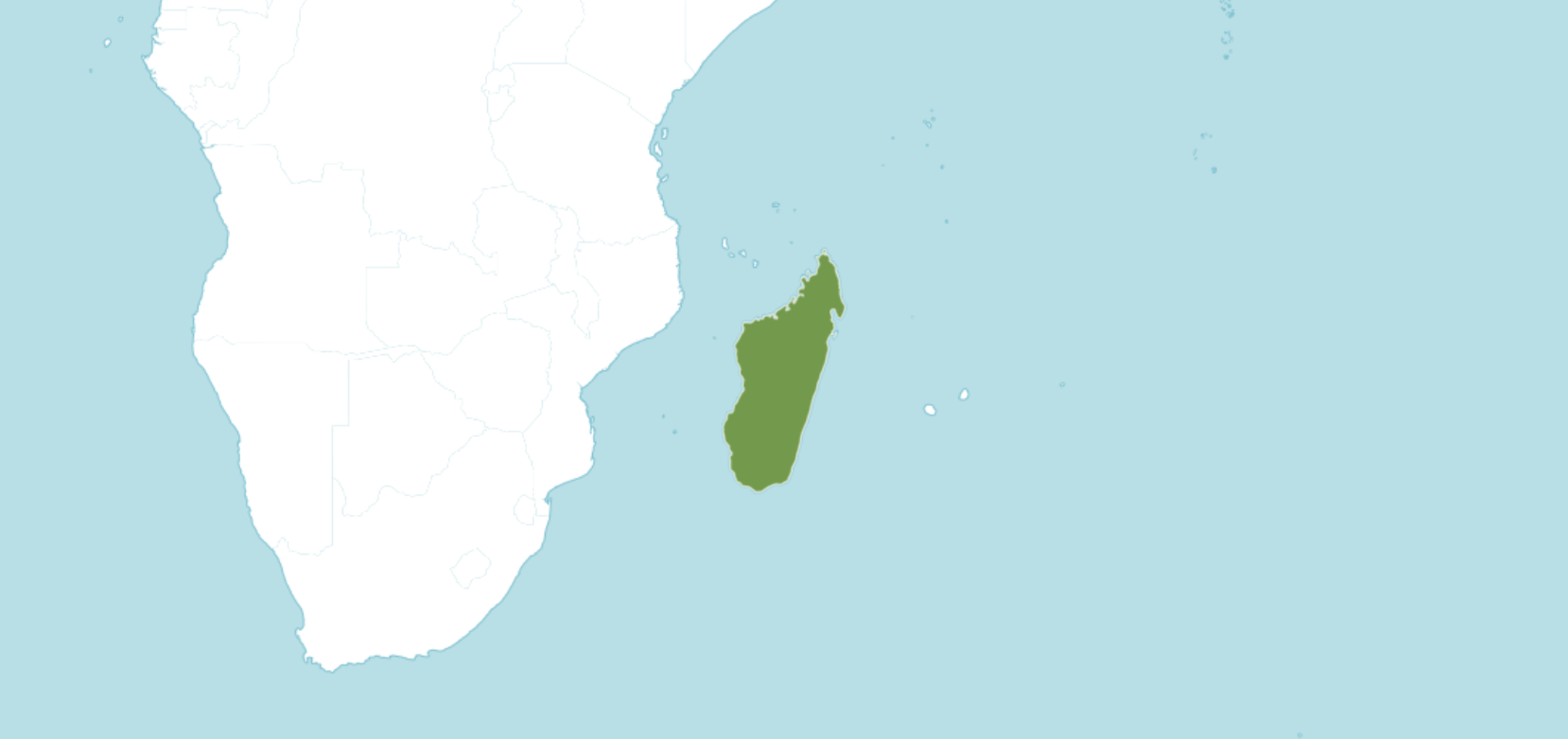AMORPHOPHALLUS ANDRANOGIDROENSIS
ORIGINAL DESCRIPTION:
Amorphophallus andranogidroensis Hett. & Mangelsdorff sp. nov. Inflorescentia Amorphophallus ankaranae similis, stigmate magno hemisphaerico ad hemigloboso differt. Etiam propagulos longissimos rhizomatosos gaudet dum in Amorphophallus ankaranae sessiles globoso
Type: WEST MADAGASCAR, Tsingy du Bemaraha, ca . km. 25 East of Antsalova, rooting in crevices of calcareous boulders enclosing a small brook in foret d 'Andranogidro, alt. ca. 150 m. , Mangelsdorff RMM 489 (holotype , FR), flowering in hort. bot. Frankfurt Palmengarten, 3 April 2003.
Photo by Allan Galloway
SYNONYMS:
HOMOTYPIC SYNONYMS: N/A
HETEROTYPIC SYNONYMS: N/A
ACCEPTED INFRASPECIFICS: N/A
OTHER: Buk (บุก)(Central).
DISTRIBUTION: Thailand | Probably endemic in the calcareous parts of Western Madagascar
CLIMATE: Unknown
ECOLOGY: Rooting in crevices of the lower parts of limestone boulders amidst dense deciduous forest. Presumably flowering in the habitat at the beginning of the rainy season in November or December, alt ca. 150 m.
SPECIES DESCRIPTION:
Tuber discoid to globose, ca . 6.5 cm in diameter, ca. 3 cm high , seasonally producing up to 5 rhizomatous offsets, these whitish, 6-47 cm long, basally 6-8 mm in diam., apically 9-14 mm in diam., internodes 20-44 mm long, apically 1-3 more tuber-like internodes of 12-23 X 19--44 mm. Leaf solitary, developing after flowering in the same season, petiole 40-55 cm high, 9-18 mm in diam., smooth, pale green, densely set with whitish, more or less longitudinal blotches; lamina 42-57 cm wide , rachises distinctly winged distal from the basal branching points; leaflets lanceolate, smaller ones 3.8-7 X 1.2-2 cm, largest ones 15-20.5 X 3.8-5.5 cm, long-acuminate, adaxially dark green, abaxially paler
INFLORESCENCE:
Inflorescence solitary, developing before the leaf; peduncle 37 cm long, 8-10 mm in diam., same colour pattern as petiole. Spathe erect, lanceolate, 16.5 cm long, 3.8 cm wide, base and limb not sharply differentiated , limb ca. 2 cm wide , apically acute, outside upper third bronze-colored with a darker reticulate pattern, more basally a much brighter, almost whitish zone of ca. 1.5 cm which diverges to the basal margins, base inside opposite the fertile part dark purplish brown, here shallowly ridged and verrucose, outside in the upper parts same colour as on the inside, but basally greenish. Spadix longer than spathe, 25 cm long; female zone cylindrical 8-10 mm long , ca .10 mm in diam., flowers slightly distant; male zone cylindrical 20-23 mm long and 7-10 mm in diam., flowers congested; appendix cylindrical, tapering, basally: ± grooved, 20.5 cm long, ca. 6-10 mm in diameter, yellowish violet, with a whitish waxy coating, producing a faint putrid smell. Ovaries: ± ovate, 1.5-l.6 mm in diam., 1.5-1.8 mm high, tapering to the style, obliquely inserted, with the stigmas projecting upward, pale green, apically brownish violet, unilocular; style ca, 0.2 mm long, brownish violet; stigma discoid-convex, 1.3-1.5 mm in diam., occasionally grooved in the middle, surface sparsely tuberculate, brightly yellow-orange . Male flowers consisting of (1-)2-3(-4) stamens, in the lower part of the inflorescence sometimes connate; filaments basally fused, anthers rectangular in top view, truncate, ca. 1.5-2.2 X 1.3-1.7 mm, ivory colored, connective and the pores purplish, connective broad , depressed in the middle, pores ellipsoid, apical. Pollen inaperturate, exine psilate, globular ± elliptic to slightly reniform when dry, 35-50 X 30-40 𝜇m. Berries elongate, 1-1.5 cm long and ca . 0.7 cm in diameter, red; seeds elongate, ca . 0.9-1.3 cm lo ng, ca . 0.5 cm in diameter.
VARIEGATED FORMS: N/A
ETYMOLOGY: The species epithet refers to forest of Andranogidro in Western Madagascar where the species was found.
NOTES: Amorphophallus andranogidroensis has characters in common with several species described from Madagascar. The inflorescence resembles most closely Amorphophallus ankarana Hett., S. Ittenb. & Bogn. with which it shares the spadix longer than the spathe, the almost sessile, ± yellow stigmas and the size of the pollen. Distinguishing features are the smaller size of the whole plant and the inflorescence, the long rhizomatous offsets on the tuber, the colour pattern of the spathe and the form of the stigma. With Amorphophallus antsingyensis Bogn., Hett. & S. Ittenb. and Amorphophallus taurostigma S. Ittenb., Hett. & Bogn. it shares the long rhizomatous offsets on the tuber. The relatively small size of the plant is shared with Amorphophallus mangelsdorffii Bogn. The colour pattern of the spathe and form of stigmas are unique to Amorphophallus andranogidroensis.
CULTIVARS: N/A
HYBRIDS: N/A



























